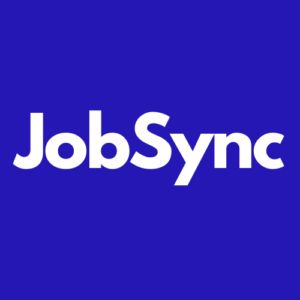
The future of work is here. Or, at least the current version of the future is here. The past two years have shown that some version of work from home and hybrid work is here to stay. Companies and employees have adopted new technologies and adapted to doing the same work differently. But not just differently, quickly, more efficiently – individual productivity is up.
But are we working smarter? We threw a bunch of technology and software at the problems without considering the impact to our processes. Did we make things easier or just give ourselves more work to do/different work to do?
The basis of our recruiting challenges roots in the core technology we use. For many organizations, the ATS is the guiding light of technology. Bringing the team with it along for the ride of all the positives and all of the negatives that come with a big, structured database.
And there’s nothing flexible about that.
The problem that you’re focused on is bigger than what you have built. And for years, you’ve been told that this is the best it gets. We have all succumbed to the false narrative that recruiter and candidate experience can, at best, get incrementally better. You start piling on solutions to your hr tech stack, chasing each incremental improvement where nothing truly syncs together and each add-on is limited by the existing database structure of your core system.
And this is a hard pill for a lot of people to swallow, the ATS might be the core system of your tech stack, but Excel is it’s backbone. And if you are honest with yourself, you might acknowledge that in your organization, it is, or at least a major contributor. And while no one thinks this is a good idea, no one has a better one either.
Why don’t companies think about their business processes as part of their tech stack?
When companies start to integrate various technologies which land in your tech stack, you end up with integrations for the lowest common denominator. But why does this happen? It’s a math problem.
Companies want, no need, custom integrations. So much of which data is moving is rooted in the fundamentals of the business itself. But custom is a secret word for expensive. And not just for the buying company, but for the building company as well. There is limited profit to be made off of a one-off build.
So everyone runs at ‘standard integrations’. Standard is scalable. Standard is tested, reliable, repeatable. Standard is built once and sold 5,000 times. Everyone accepts the limitations, because, budget. Standard integrations that have been built to solve for 80% (30%) of the problem. Because standard is really standard. Standard solves for the problems everyone has, without consideration of the challenges you have.
That means the lowest common denominator isn’t where you think it is – it’s much lower. Every feature is at 80%, not 80% of what you need in totality is built.
But vendors want to help customers, right?
It gets more complicated. So many technology vendors operate with blinders on. They look at the problem through the lens of their solution, without understanding or curiosity about the broader picture. Most fail to fully understand what recruiting teams are up against. And it’s not that they don’t want to, they really do, but few were practitioners, and those that were, only know the limited environments that they live
On the other hand, recruiting teams have only known this approach. Take the integration as built, or dream about something custom, and no one has the budget for that.
With JobSync, companies can get a custom integration that transports their data where they need it to be without re-configuring their entire technology stack or hiring processes.
Need to ask mid way between the application and the ATS? We can do that.
Want to give your candidates a mobile friendly experience? We can do that.
Want an application to go directly to a specified store within your franchises? We can do that. So not only do we get it to the ATS, we send it to the specific hiring manager at that store.
Your candidates don’t care about how your technology works. They care about getting hired. And when it comes to getting them to say YES, speed and ease wins. It doesn’t matter how great your company is if you take too long to hire and candidates don’t want to apply if it takes too long to complete the application. Candidates don’t want to experience your ATS. Give your candidates and recruiters the experience they deserve.
Listen to the full episode of the The CandEs podcast featuring Leah Daniels here.


